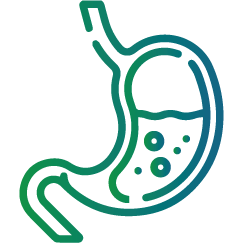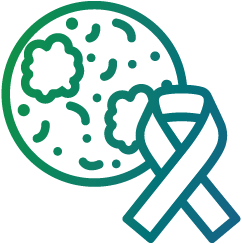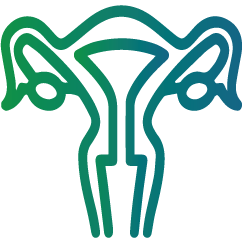Warts are common skin growths caused by the human papillomavirus (HPV). They can appear on any part of the body and vary in size and appearance. Common types include common warts, plantar warts, flat warts, and genital warts.
Caused by HPV, warts are contagious and can spread through direct skin-to-skin contact or contact with contaminated surfaces. They often develop in areas where the skin is broken or damaged, providing the virus with an entry point. Individuals with weakened immune systems are more susceptible to developing warts.
Symptoms of warts may vary depending on the type and location. Common signs include rough, raised bumps on the skin, sometimes with black dots (clotted blood vessels) in the center. Plantar warts, which develop on the soles of the feet, may cause pain or discomfort while walking.
Treatment options for warts include over-the-counter topical treatments containing salicylic acid, which work by gradually removing the layers of the wart. Cryotherapy, where the wart is frozen off using liquid nitrogen, is another common treatment method. In some cases, surgical removal or laser therapy may be necessary, especially for stubborn or recurrent warts.
Preventing the spread of warts involves practicing good hygiene, avoiding direct contact with warts, and keeping the skin clean and dry. It’s also essential to refrain from picking or scratching warts, as this can cause them to spread further.
While warts are generally harmless and often resolve on their own, they can be bothersome or embarrassing for some individuals. Seeking prompt treatment and taking preventive measures can help manage warts effectively and reduce the risk of recurrence.
















